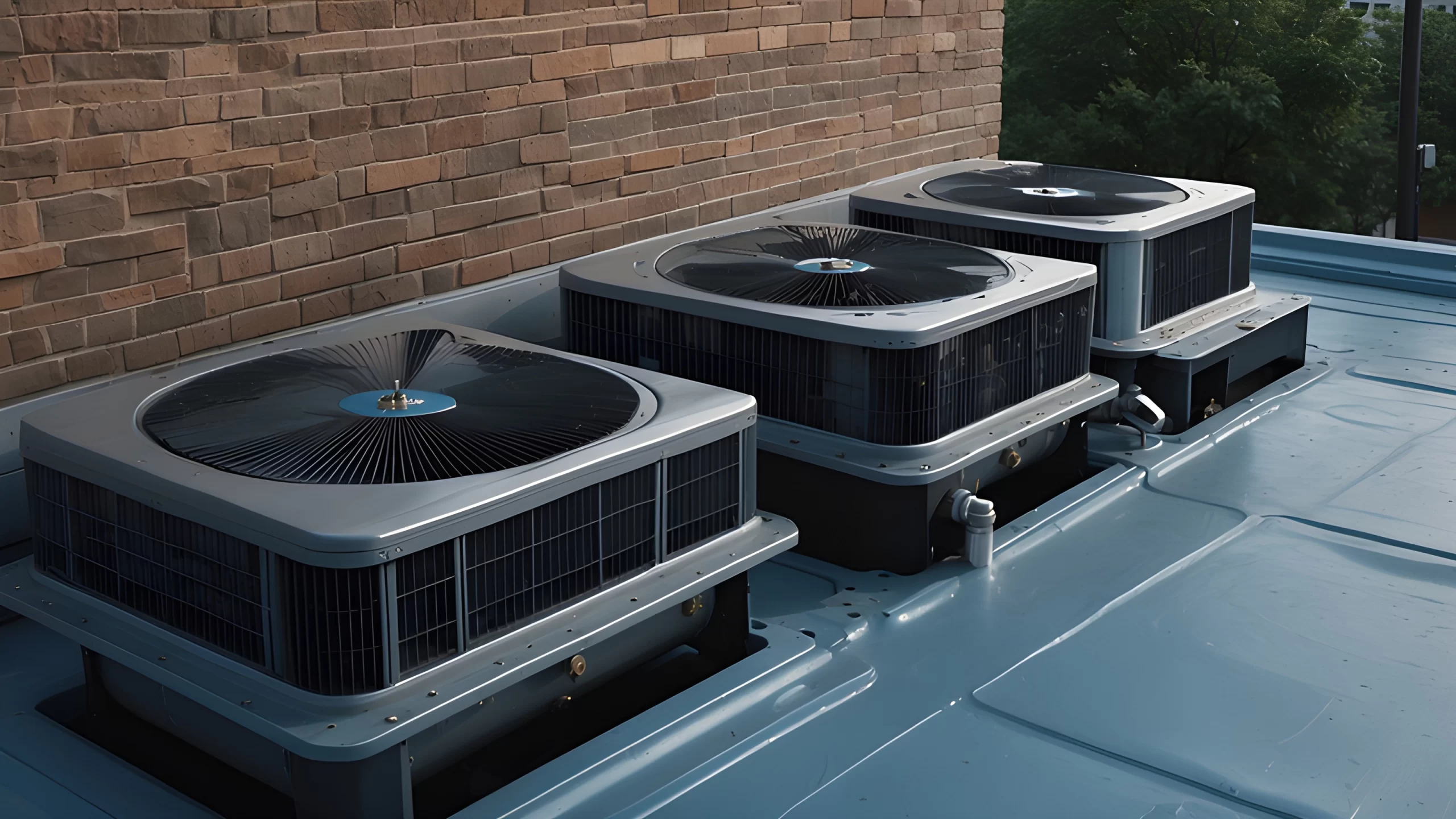
You’re staring at a rooftop unit replacement job, and that sinking feeling hits you. The new RTU doesn’t line up with the existing curb. What should be a straightforward installation just became a headache that’ll blow your timeline and budget. I’ve been there, and trust me, it’s frustrating.
Here’s where curb adapters become your lifesaver. Moreover, when you understand how they work and partner with the right fabricator, you can turn these challenging situations into smooth installations that keep your projects on track.
What Are Curb Adapters and Why They Matter
A curb adapter is essentially a custom-made transition piece that bridges the gap between your new RTU’s footprint and the existing rooftop curb. Think of it as a translator between two different languages – it makes the new equipment “speak” to the old infrastructure.
In my experience running projects across New Jersey and New York, I’ve seen contractors struggle with this exact scenario countless times. Furthermore, the mismatch between new and old equipment specifications has only gotten worse as manufacturers change their designs more frequently.
The reality is simple: curb adapters save you from costly curb replacement while ensuring proper equipment mounting and weatherproofing. Consequently, what could be a multi-day demolition and reconstruction project becomes a clean, professional installation.
Custom Curb Adapters: The Technical Solution
Let me walk you through a real project we handled last year. A facility manager in Newark had six RTUs that needed replacement, but the new units were completely different dimensions. Additionally, the existing curbs were in perfect condition – ripping them out would’ve been wasteful and expensive.
Measuring and Design Process for Curb Adapters
Here’s the step-by-step process that works every time:
- Existing curb dimensions: Length, width, and height measurements
- New RTU base measurements: Mounting hole patterns and overall footprint
- Insulation requirements: Thermal bridge considerations
- Drainage specifications: Water management and slope requirements
For that Newark project, we fabricated custom curb adapters from 16-gauge galvanized steel with integrated insulation channels. Therefore, the installation crew could mount each adapter to the existing curb, then drop the new RTU right into place.
Material Selection for Curb Adapters
The material choice makes or breaks these installations. Based on our fabrication experience, here’s what works:
Galvanized steel remains the gold standard for most applications. It’s cost-effective, weather-resistant, and easy to work with in the field. However, for coastal installations or corrosive environments, stainless steel curb adapters provide superior longevity.
We’ve also fabricated aluminum versions when weight restrictions come into play. Although more expensive, aluminum curb adapters work perfectly for older buildings with structural limitations.
Why Fast Fabrication Matters for Curb Adapters
Time kills profits on rooftop installations. Weather windows are tight, especially in our tri-state area where conditions change fast. That’s why we’ve streamlined our sheet metal fabrication process to deliver curb adapters within days, not weeks.
Last month, a contractor called us on Tuesday with an emergency RTU replacement scheduled for Friday. The existing curb was a custom size from the 1990s, and nothing standard would work. We measured Wednesday morning, fabricated Wednesday afternoon, and delivered Thursday evening. Consequently, his crew installed on schedule Friday morning.
This kind of turnaround time isn’t luck – it’s systematic. Our advanced fabrication technology and local presence in Kearny means we can respond when you need us most.
Installation Best Practices for Curb Adapters
Even the best-fabricated curb adapters fail if they’re installed incorrectly. Here are the field-tested techniques that prevent callbacks:
Sealing and Weatherproofing
The adapter-to-curb connection is critical. We always recommend a continuous bead of structural adhesive sealant, not just butyl tape. Additionally, mechanical fastening every 6 inches ensures the seal stays tight through thermal cycling.
For the top connection where the RTU meets the adapter, use the manufacturer’s recommended gasket system. However, add a backup seal of weatherstrip adhesive for extra protection.
Structural Considerations
Don’t assume the existing curb can handle additional height and weight. The curb adapter changes the load distribution, and wind uplift calculations may need updating. Therefore, involve a structural engineer when adapters add more than 6 inches of height.
Cost-Effective Solutions with Curb Adapters
I’ve run the numbers on dozens of projects, and curb adapters consistently save money compared to curb replacement. Here’s a real example from a school district project in Pennsylvania:
- Curb replacement option: $3,200 per unit (demo, disposal, new curb, labor)
- Custom curb adapter option: $850 per unit (fabrication and installation)
- Time savings: 2 days reduced to 4 hours per unit
The math speaks for itself. Furthermore, adapters eliminate the risk of roof damage during demolition and the weather exposure that comes with extended installation times.
For contractors looking to streamline their operations, partnering with a reliable metal fabrication shop makes all the difference. We’ve built our reputation on understanding installer needs and delivering solutions that work in real-world conditions.
Frequently Asked Questions
How long does it take to fabricate custom curb adapters?
Typically, we can fabricate and deliver curb adapters within 3-5 business days from approved measurements. Rush orders can often be completed in 24-48 hours depending on complexity and material availability.
What’s the maximum height difference a curb adapter can accommodate?
We’ve successfully fabricated adapters handling up to 12-inch height differences. However, anything over 6 inches requires structural analysis to ensure proper load distribution and wind resistance.
Can curb adapters work with different manufacturers’ equipment?
Absolutely. Curb adapters are manufacturer-neutral solutions. Whether you’re switching from Trane to Carrier or any other combination, custom fabrication ensures perfect fit regardless of brand differences.
Written by: Arthur
HVAC Metals, LLC




